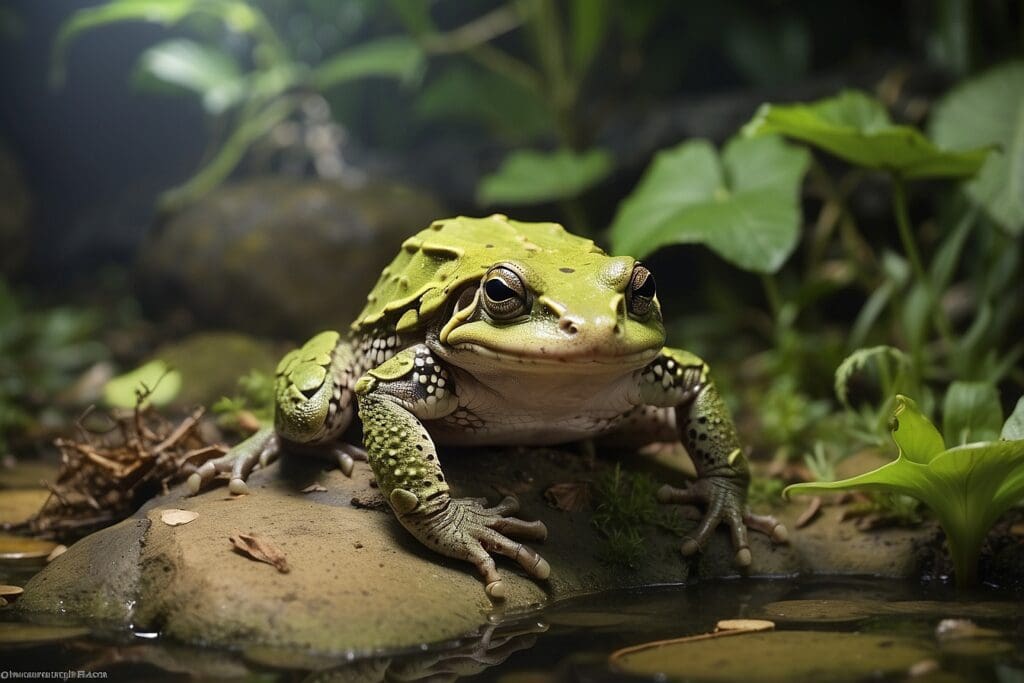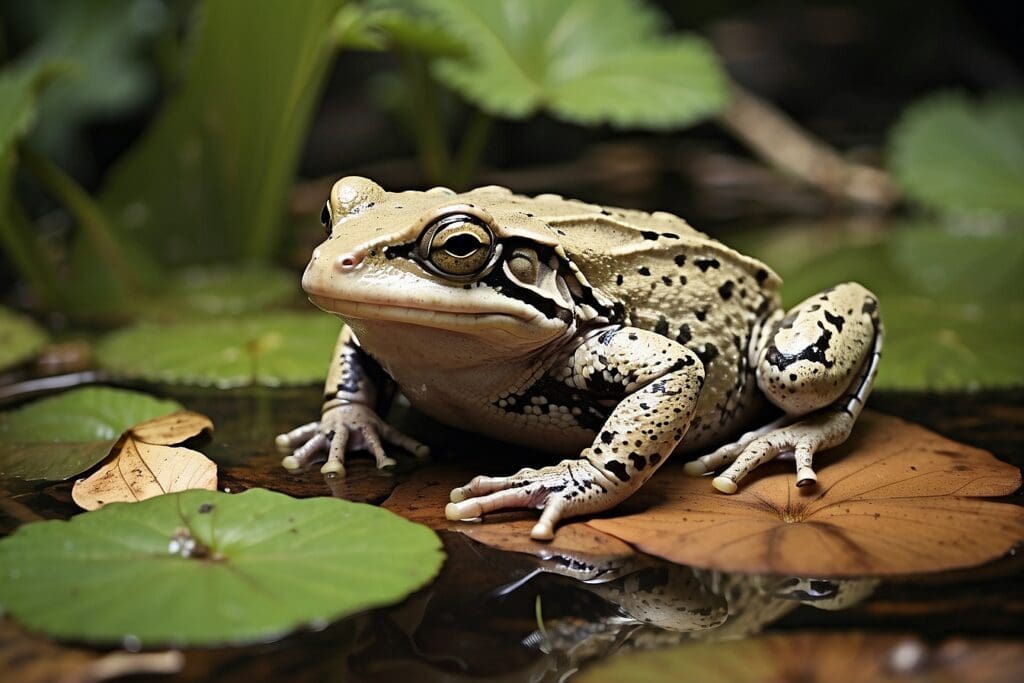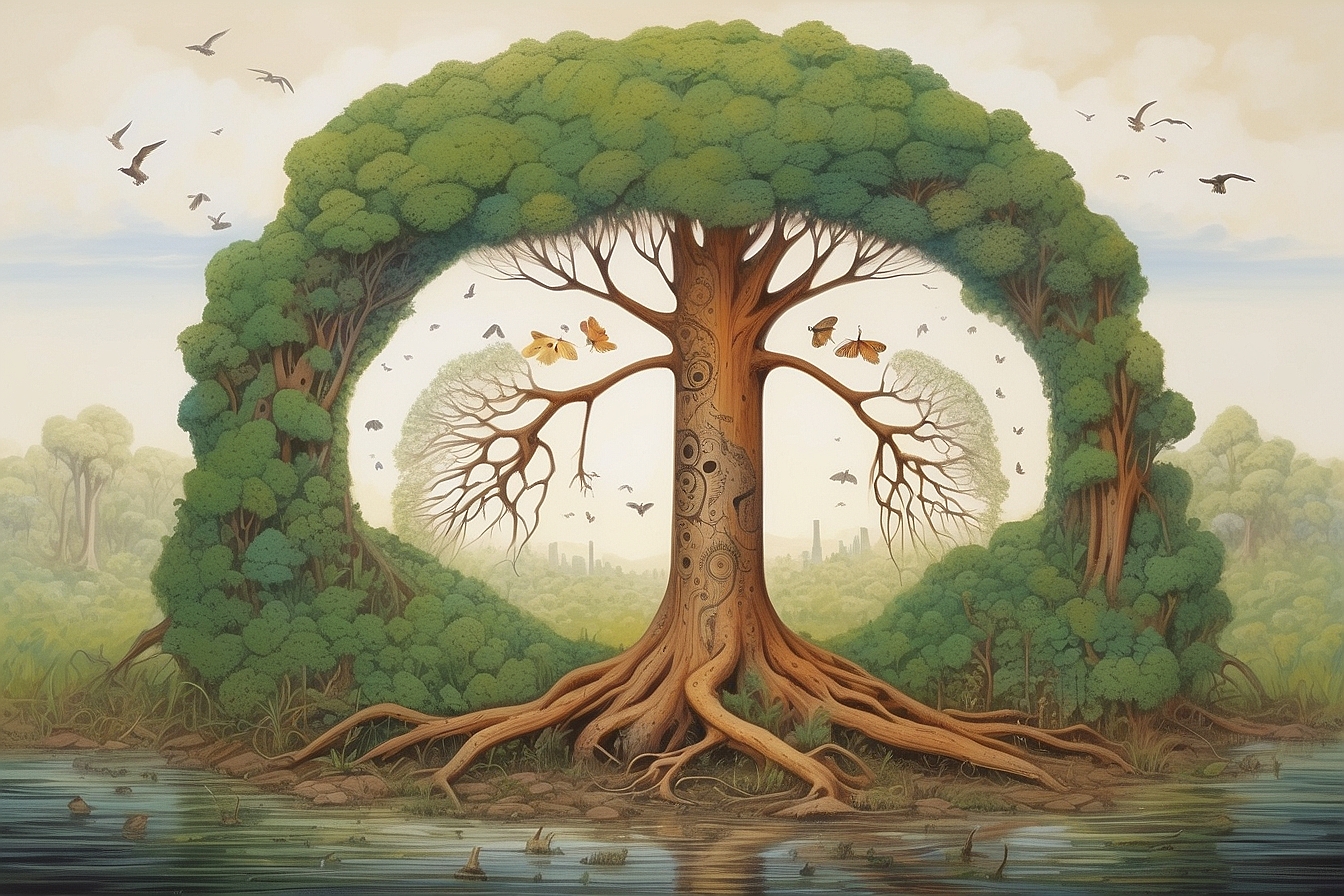“It’s not easy being green” for Kermit the Frog, but his color may not be the problem. Since the late 1960s, amphibians, mainly frogs, have been disappearing for unknown reasons. To this day, no definite answer has been provided to explain this sudden drop of these complex creatures. Currently, over 30% of the amphibian population is listed as “threatened” by the International Union for Conservation of Nature (IUCN). Although many efforts have been made to pinpoint a source of this epidemic, there are too many factors and too large of a distribution of populations to properly identify the source or sources, and the amphibian populations continue to plummet. In addition to being a vital contributor to biodiversity, amphibian survival is highly important to humans because they have been used in our medicines for centuries. Once an amphibian species is gone it is not coming back and any undiscovered remedies that it may have contained will also be lost forever.
Amphibians are named after their dual lifestyle on land and water. Having two mediums to travel, live, and eat makes them more susceptible to biodiversity of the planet, it also affects human beings. If we compare current climates to those of the 1970s, many of us would agree that the climate and weather feel different now, but how many of us could claim we knew that it was changing as it was happening? Like humans, amphibians cannot sense gradual changes in their environment until it is too late. Also, climate change, among other environmental stressors, both directly and indirectly affects amphibians and their chances of survival.
Some scientists have ranked habitat destruction, otherwise referred to as land-use change, and chytridiomycosis (a fungal disease) as the most threatening stressors on the global amphibian population. Many scientists agree with this ranking and include climate change to round out the top three issues to focus on in the fight for amphibian population recovery. However, there are others who contend that it would be biased and unfair to a large amount of amphibian species in certain areas of the world to focus only on climate change, habitat destruction, and chytridiomycosis. For example, an experiment conducted in Netherlands to rank the different possible stimulants to their local Dutch freshwater frog decline concluded that “acidification, ammonium, and certain pesticides […] should be a high- priority concern to maintain populations of anurans in Dutch freshwaters”. Different species of amphibians in different regions and climates are affected by different threats and to focus on the problems of only one region will not stop the problem. Each order of amphibians, Anura (frogs and toads), Caudata (Salamanders, etc…), and Gymnophiona (Caecilians), has a fairly different species richness distribution. With each amphibian order with a different need in different regions, only focusing on these core causes could neglect many of the 5,527 amphibian species in the world. On the other hand, studies have shown that more than 50% of each order is affected by climate change, change in land use, and/or the fungal disease, as shown in the figure below displaying the relative intensity of each cause.

Although all three orders of species are affected by these three problems, the overlap of the regions that are affected by each separate problem is very little, telling us again that we cannot only focus on these factors. However, with only limited resources and knowledge, all scientists can do is look at these three changes in the amphibian environment and connect it to other stressors in the hopes of finding a solution.
Climate Change
As the decline of the Yellowstone population of amphibians garnered media attention, many linked the phenomenon to “the drying out of wetlands where the animals live and breed, which is in turn being driven by long-term climate change.” Ponds that regenerate themselves by groundwater and runoff from snow in the hills are called “kettle” ponds. A team from Stanford University surveyed these kettle ponds between 2006 and 2008 and found that “the number of permanently dry ponds had increased four-fold.” This is not a local problem—many other wetlands are disappearing mainly because of the increase in global temperatures. Unlike the other two core causes of the population decline, climate change affects many different and diverse regions in which amphibians reside. All amphibian species are vulnerable to being pushed out of their suitable climate, causing climate change to be one of the biggest factors in the amphibian disappearance. It causes many changes in the lifestyle of amphibians which may be linked to their disappearance.
Frog populations are starting to breed earlier than normal as a response to global warming since “the timing of amphibian breeding is largely driven by environmental cues.” This upsets the whole life of the new generation of frogs that are born earlier than they were supposed to. The climate will change at a later time than the species evolutionarily would be used to. The frogs at different stages of their life will have to compete with different kinds of species that may actually be a threat to them. Climate change not only affects a larger range of the amphibian genus, but it also affects and induces many other stressors, such as Chytridiomycosis, a fungal disease that is spreading fast among this genus.
Frogs killed by fungus.
Chytridiomycosis
The rise of this disease is strongly linked to global warming. The fungus Batrachochytrium dendrobatidis, which lives on the frog’s skin, has been infecting countless species of amphibians with a disease known as Chytridiomysis. The symptoms include blotchy skin and an accumulation of shedding skin. This disease is most prosperous in humid, cool areas that match the environment of a temperate region, but with the changing climate, these regions seem to be increasing, leaving more amphibians susceptible. One of the ways scientists believe climate change is contributing to the spread of this disease is by the fact that warming temperatures are speeding up cloud formation, which in turn makes the environment more favorable for fungus growth.
Land-use Change

The effects of human land use have been apparent throughout the world. It is no question that this plays a large role in the disappearance of amphibians as it does in that of many other species. The large majorities of these animals rely on trees as their homes and clean water as their nurseries and hunting grounds, both of which are being threatened by human activities. biodiversity continues to plummet. Amphibians are some of the first species to show extreme signs of the adverse effects of a changing environment. If these changes continue to increase in magnitude, what is to stop the rest of the planet from reacting?





